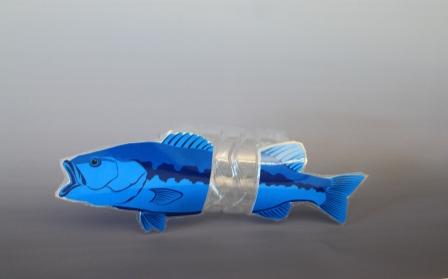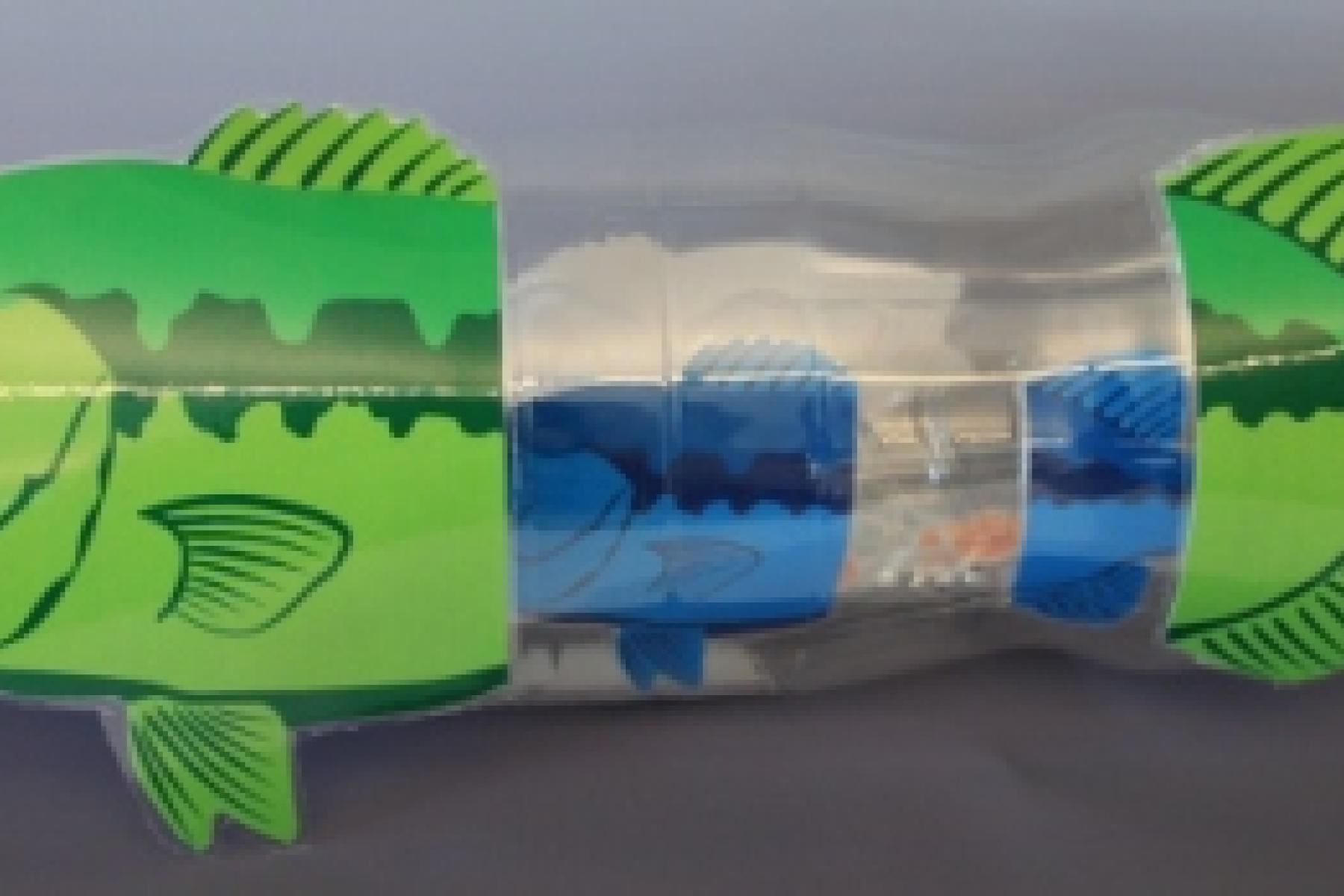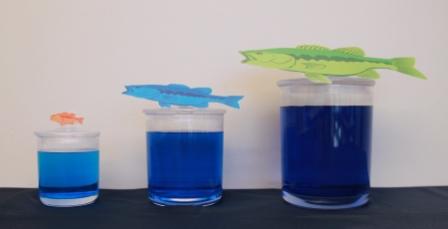DESCRIPTION
Big Fish, Little Fish is a cart demo that can also be used as a classroom activity that focuses on what biomagnification is and how it happens in our ecosystems. Visitors will see a short visual demonstration followed by an interactive game.
DESCRIPTION
Big Fish, Little Fish is a cart demo that can also be used as a classroom activity that focuses on what biomagnification is and how it happens in our ecosystems. Visitors will see a short visual demonstration followed by an interactive game.
TRAINING VIDEOS
OBJECTIVES
BIG IDEA
Big Fish, Little Fish is a program aimed at educating the public about how biomagnification occurs and its effects on certain ecosystems. They will learn about how the biomagnification of certain chemicals such as DDT and mercury have created significant environmental issues and discuss environmental concerns related to potential biomagnification of nanoparticles.
LEARNING GOALS
Recognize what biomagnification is and how it happens.
Understand the difference between biomagnification and bioaccumulation.
Learn about past examples of chemicals that biomagnified in the ecosystem.
Understand how nanoparticles have the potential to biomagnify and the impacts they may have.
NANO CONTENT MAP
Nanotechnologies—and their costs, utility, risks, and benefits—are closely interconnected with society and with our values.
Credits
Children's Museum Of Houston
Developed for the NISE Network with funding from the National Science Foundation under Award Numbers 0532536 and 0940143. Any opinions, findings, and conclusions or recommendations expressed in this product are those of the authors and do not necessarily reflect the views of the Foundation.
Creative Commons Attribution Non-Commercial Share Alike 3.0 United States (CC BY-NC-SA 3.0 US).
View more details

NISE Network products are developed through an iterative collaborative process that includes scientific review, peer review, and visitor evaluation in accordance with an inclusive audiences approach. Products are designed to be easily edited and adapted for different audiences under a Creative Commons Attribution Non-Commercial Share Alike license. To learn more, visit our Development Process page.



